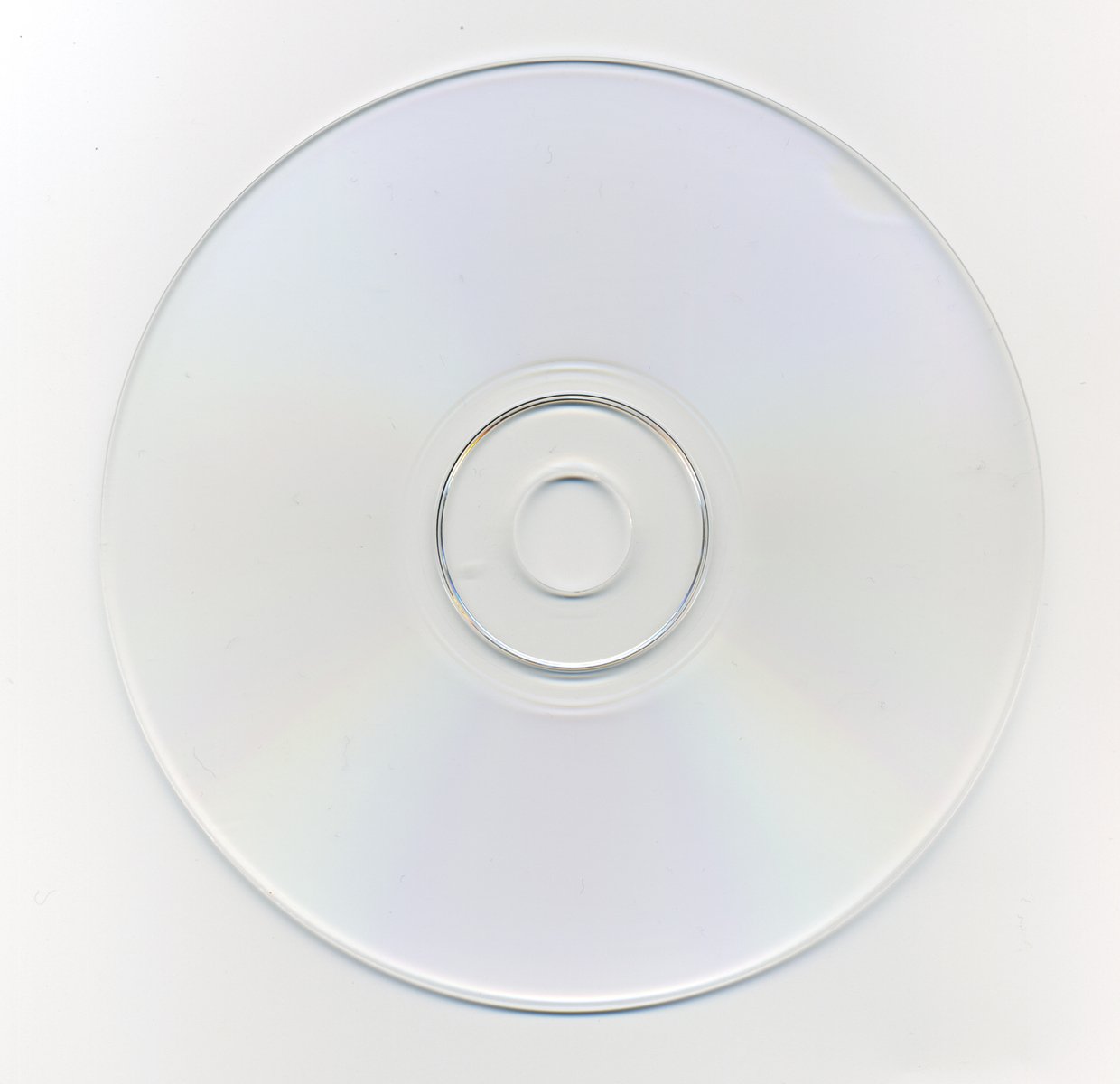

"So stop granting software patents; the principal problem would be solved."They're obviously not compatible, but the sponsors would pay for us to believe otherwise. The event took place yesterday and attending as well as speaking was Director Iancu, who said, according to third-party accounts: "lack of predictability on Section 101 limits investment in innovation. [...] gets specific: "Step 1 of Alice-Mayo test must be a 'category' analysis not a claim analysis. If the matter is sometimes patentable then it is not a subject matter Section 101 problem."
So stop granting software patents; the principal problem would be solved. We'll probably say more in the weekend (once all the patent maximalists are done boosting him).
Totally meaningless is the message above (lots of mythology embedded in it, pure fiction from the patent microcosm). He just wants to find ways to defy the courts, ignore caselaw, and grant software patents anyway.
Last night Josh Landau (CCIA) spoke about history and noted that "[w]hile the PTO no longer operates under a registration system, that situation still exists today. The PTO—unlike many other patent offices around the world—is unable to permanently refuse a patent application."
Here are some key bits:
Setting aside the apparent fact that the vast majority of patents back then were on old ideas—a problem that continues to exist, given the significant number of invalid patents issued by the PTO—there’s another lesson to be had from this diary entry.
Dr. Thornton was operating under the registration system, during which patents were not examined but were simply granted. As Adams emphasized, the problem of an inability to refuse a patent leads to the existence of patents on old technology, imposing significant harms on the public who become unable to utilize the prior technology that they should have had the right to employ.2
While the PTO no longer operates under a registration system, that situation still exists today. The PTO—unlike many other patent offices around the world—is unable to permanently refuse a patent application. All they can do is temporarily reject it and wait for the applicant to decide if they want to keep going with prosecution. Unsurprisingly, in a system where it’s impossible to permanently get rid of an application, a large number of them eventually become patents. When correcting for procedures like continuations, the percentage of patent applications that are issued has risen, approaching nearly 100% last year—a proportion not reached since the turn of the millennium.
[...]
It’s unfortunate that the PTO and policymakers continue to fail to learn from these mistakes—particularly when the first Commissioner for Patents identified the issue over 200 years ago.
2018 is on course to have the lowest petition filing rate since 2013. The third quarter included the impact of SAS on institution decisions, an update to the AIA Trial Practice Guide, the departure of the PTAB chief judge and the creation of a Precedential Opinion Panel
In a victory for transparency, the Federal Circuit has changed its policies to give the public immediate access to briefs. Previously, the court had marked submitted briefs as “tendered” and withheld them from the public pending review by the Clerk’s Office. That process sometimes took a number of days. EFF wrote a letter [PDF] asking the court to make briefs available as soon as they are filed. The court has published new procedures [PDF] that will allow immediate access to submitted briefs.
Regular readers might note that this is the second time we have announced this modest victory. Unfortunately, our earlier blog post was wrong and arose out of a miscommunication with the court (the Clerk’s Office informed us of our mistake and we corrected that post). This time, the new policy clearly provides for briefs to be immediately available to the public.